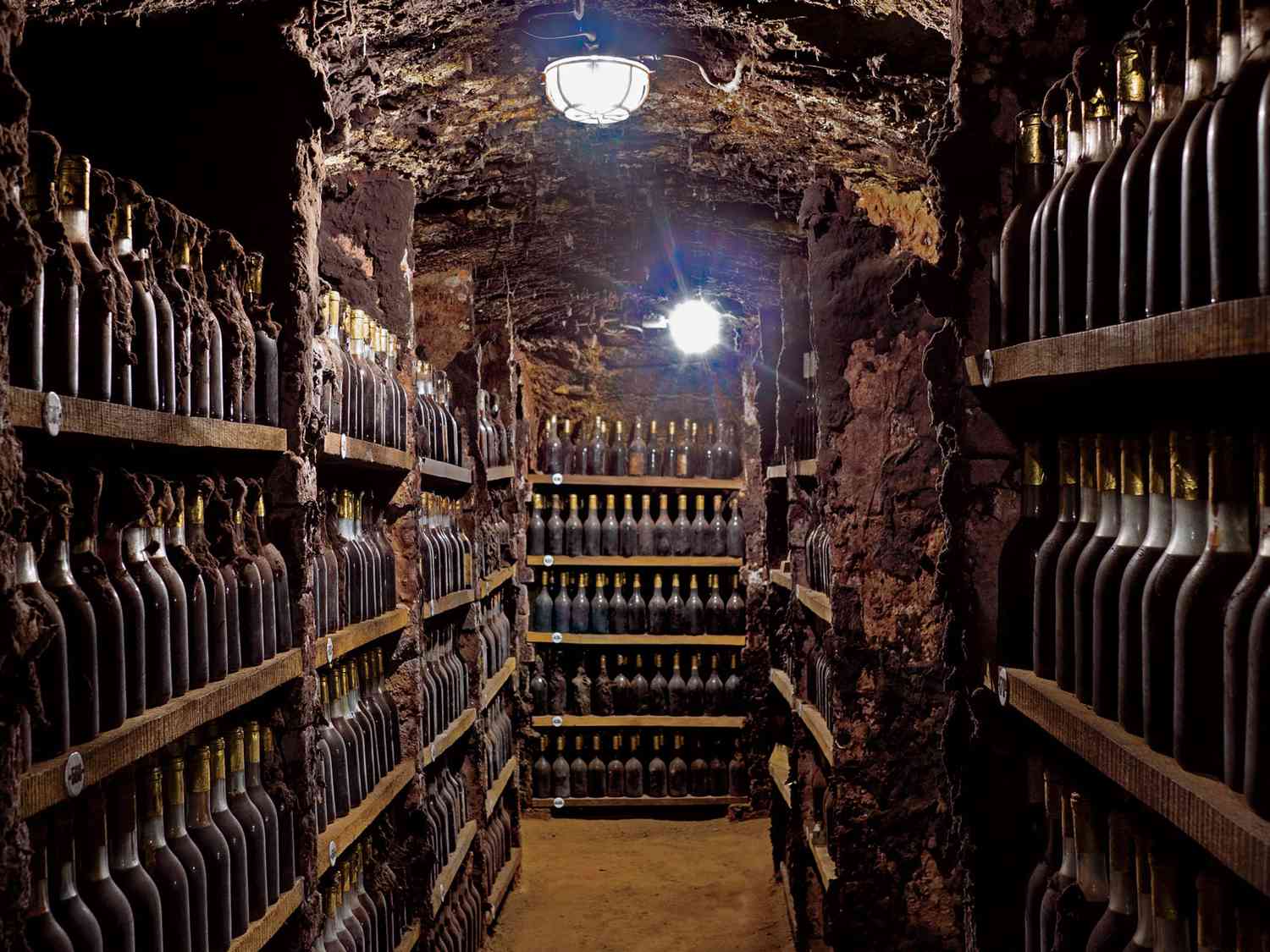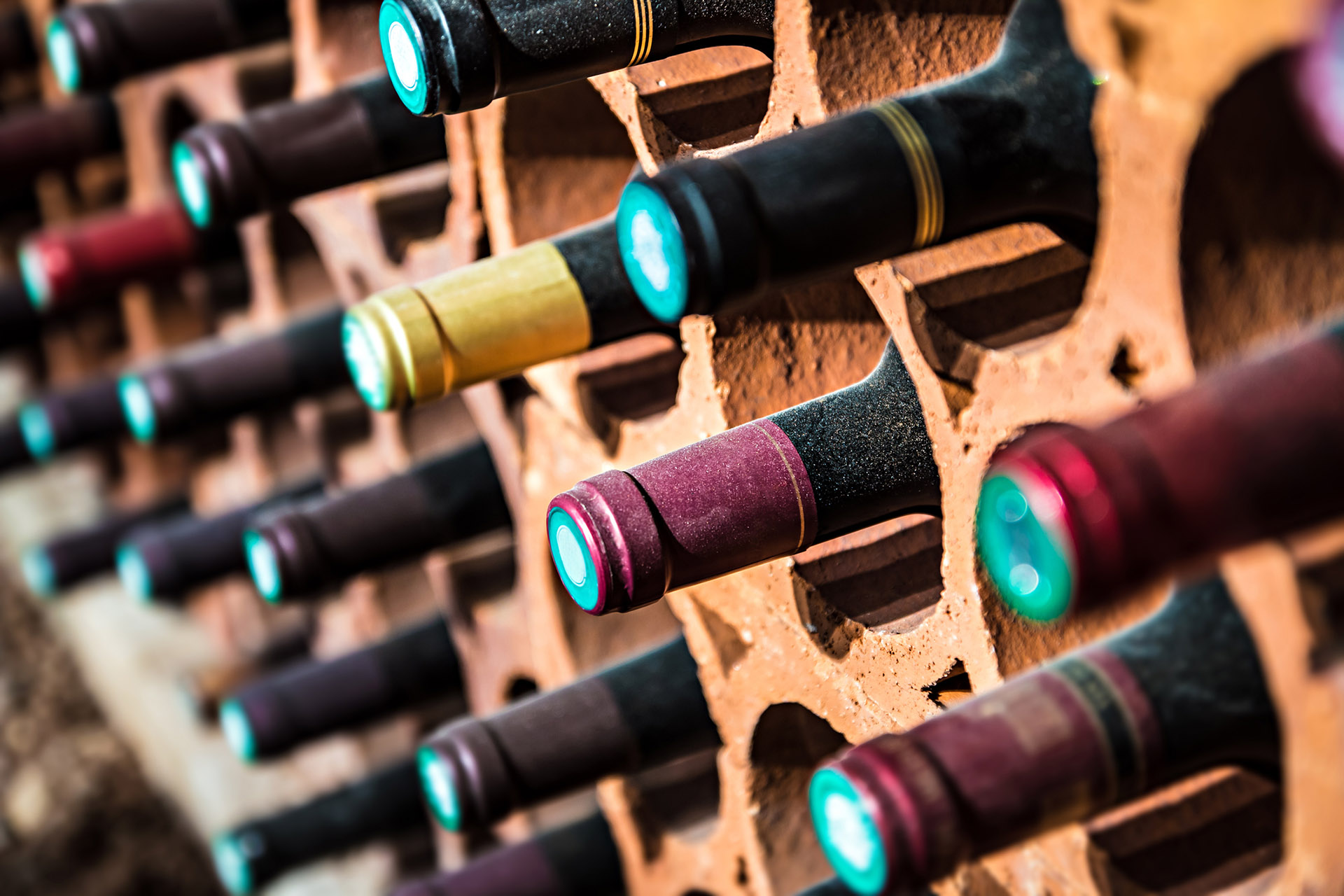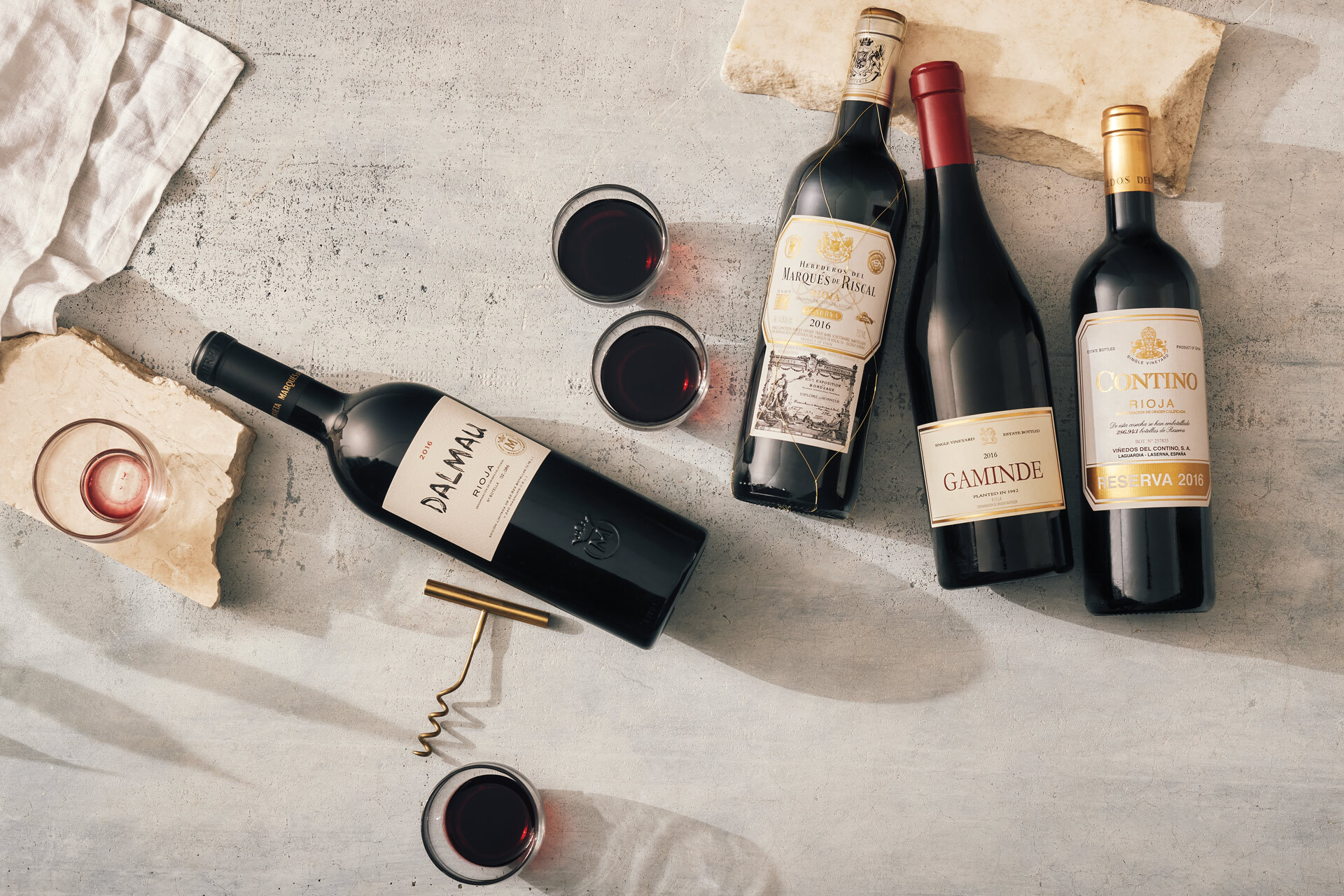Waterside Wines
A Vintage Journey: Exploring the Fascinating History of Wine Vintages Over the Decades

Welcome, wine enthusiasts, to a captivating journey through time and taste! As wine merchants, we are constantly surrounded by the beauty and complexity of vintages. Each bottle carries within it the essence of a specific year, capturing the nuances of climate, viticulture, and winemaking techniques. In this blog post, we invite you to join us on a historical adventure as we traverse the decades and uncover the evolution of wine vintages.
The Timeless Appeal of Vintages
Wine has been cherished for centuries, and vintages play a significant role in understanding its allure. A vintage refers to the year in which the grapes were harvested, encapsulating the climatic conditions that shaped the vineyard. While wine can be made from a blend of different years, vintages allow us to appreciate the uniqueness of a particular growing season.

The Early Decades: Exploring Tradition and Terroir:
Let’s travel back to the early 20th century when winemaking traditions were firmly established, and vineyards were deeply rooted in their regional identities. During this time, vintage variations were primarily attributed to climatic fluctuations, emphasising the concept of “terroir” – the combination of soil, climate, and geographical factors that shape a wine’s character. Vintners were well aware of the importance of each growing season, as it left an indelible mark on the final product.
Mid-century Revolution: Technological Advances and Globalization:
As we move into the mid-20th century, we witness a revolution in winemaking techniques and the impact of globalization. With advancements in viticulture and winery equipment, winemakers gained greater control over the winemaking process, allowing them to mitigate the effects of challenging weather conditions. As wine production expanded worldwide, consumers were introduced to a broader array of vintages from different corners of the globe.
The New Millennium: Precision, Innovation, and Climate Change:
Entering the new millennium, winemaking reached unprecedented levels of precision and innovation. The art and science of winemaking became increasingly intertwined, with winemakers utilizing technology to monitor and manage vineyard conditions. Climate change emerged as a significant factor, presenting both challenges and opportunities. Vintners had to adapt to shifting weather patterns, exploring new grape varieties, and reevaluating traditional wine regions.
Collecting Vintages: A Journey Through Time and Taste:
For wine collectors, vintages offer a captivating opportunity to build a cellar that reflects the tapestry of history. Collecting wines from various decades allows enthusiasts to explore how wines evolve and mature over time. Each bottle becomes a time capsule, telling a story of its era, and unlocking a myriad of flavors and aromas as it ages gracefully.

Tips for Exploring Vintages: Research and Educate Yourself:
- Education: Learn about notable vintages from different regions, the characteristics of specific years, and the influence of climate on wine production.
- Seek Expert Advice: Consult knowledgeable sommeliers, wine critics, or trusted wine merchants who can guide you in selecting vintages that align with your preferences and budget.
- Attend Tastings and Wine Events: Participating in tastings and wine events provides a valuable opportunity to sample vintages side by side, enhancing your understanding of their nuances.
- Patience and Proper Storage: If you decide to collect vintages, remember that aging wine requires patience and proper storage conditions. Maintain a cool, dark, and humidity-controlled environment to preserve the quality and longevity of your bottles.
As we conclude our journey through the history of wine vintages over the decades, we hope you have gained a deeper appreciation for wine and the story that it tells.
